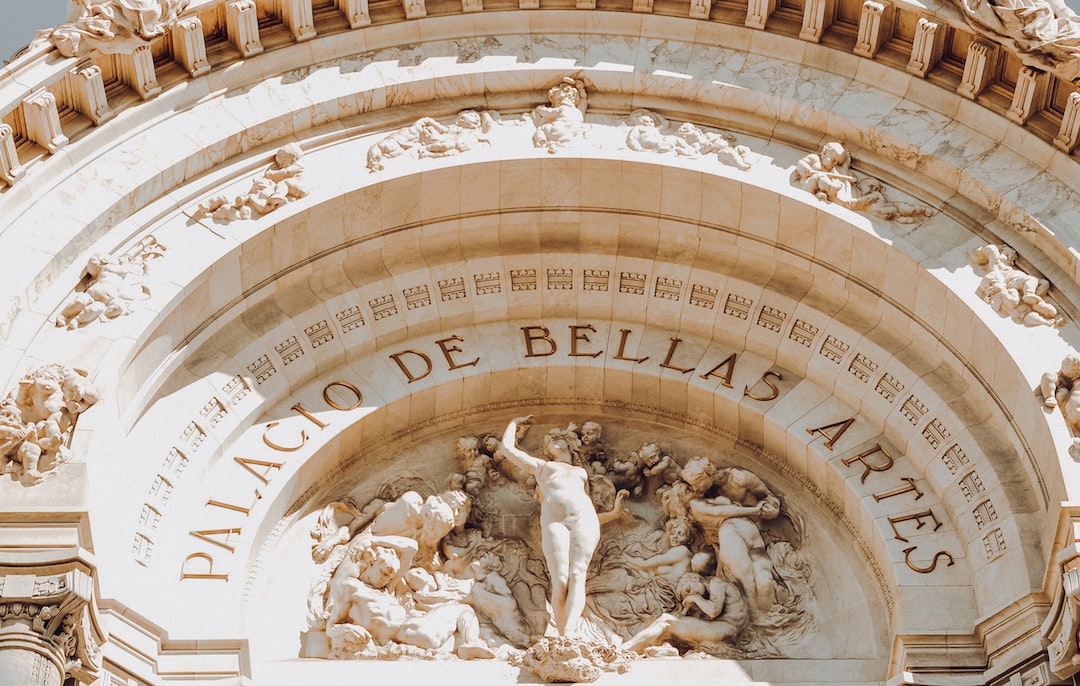Surrealism and the Subconscious: Exploring Dreamlike Imagery in Art
Throughout the history of art, there have been various movements that sought to challenge traditional ways of representation. One such movement that emerged in the early 20th century is surrealism, which aimed to tap into the depths of the unconscious mind and bring forth dreamlike imagery. Surrealist artists, like Salvador Dalí, Frida Kahlo, and René Magritte, created fantastical and often bizarre artworks that defied logical interpretation. By exploring the realm of the subconscious, these artists aimed to unveil hidden desires, fears, and fantasies. In this blog post, we will delve into the world of surrealism and its exploration of dreamlike imagery in art.
Surrealism emerged as a reaction to the traumatic experiences of World War I and the emerging theories of psychoanalysis pioneered by Sigmund Freud. These artists sought to break away from the constraints of rationality and embrace the irrational, actively tapping into the subconscious mind. Dreams, which Freud believed to be the “royal road to the unconscious,” became a major source of inspiration for surrealist artists.
Dreams are a fascinating part of human experience, as they often combine elements of reality and imagination in strange and unexpected ways. Surrealist artists aimed to recreate this dreamlike quality in their artworks, blurring the lines between fantasy and reality. They used dreamlike imagery to challenge the viewer’s perception and evoke an emotional response. By exploring the subconscious, surrealists tapped into their own fears, desires, and anxieties, as well as those of their audience.
One of the most iconic surrealist artists, Salvador Dalí, is known for his wild and eccentric paintings. His masterpiece, “The Persistence of Memory,” features melting clocks and a barren landscape, creating a sense of unreality and timelessness. Dalí’s works often depict distorted figures and bizarre objects, reflecting his fascination with the unconscious mind. Through his paintings, he aimed to disrupt the viewer’s sense of logic and provoke an emotional reaction.
Another famous surrealist artist, Frida Kahlo, used dreamlike imagery to explore her innermost emotions and experiences. Kahlo’s self-portraits often feature elements of fantasy and surrealism, reflecting her physical and emotional pain. In her painting, “The Two Fridas,” she portrays herself as two separate beings, connected by a vein that is cut and bleeding. This imagery symbolizes her struggle with identity and the pain she endured throughout her life. Kahlo’s artworks are intensely personal and expressive, encapsulating the power of the subconscious to convey complex emotions.
René Magritte, known for his enigmatic and thought-provoking paintings, also played with dreamlike imagery to challenge conventional ways of seeing. In his famous painting, “The Son of Man,” a man with a bowler hat obscuring his face stands in front of a cloudy sky. This image invites viewers to question the nature of reality and the masks we wear to hide our true selves. Magritte’s works often play with visual illusions and juxtapositions, creating a sense of mystery and wonder.
In conclusion, surrealism is a movement that aimed to explore the depths of the subconscious and bring forth dreamlike imagery in art. By tapping into the realm of dreams, surrealists like Salvador Dalí, Frida Kahlo, and René Magritte were able to create fantastical and bizarre artworks that conveyed complex emotions and challenged conventional ways of seeing. Through their exploration of the subconscious, these artists unlocked a world of hidden desires, fears, and fantasies, inviting viewers to delve into their own unconscious minds and embrace the power of the irrational. Surrealism remains a captivating and influential movement that continues to inspire artists to this day.

